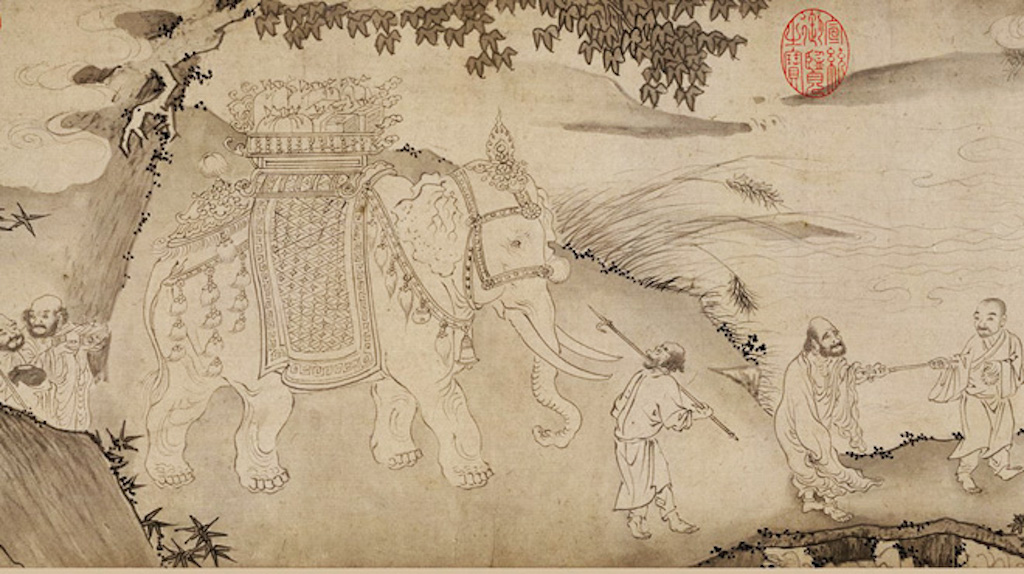Fighting off the United States wasn’t Vietnam’s only against-all-odds victory against a superior force. The Vietnam War wasn’t even the country’s most recent win against a bigger, more powerful country. While Afghanistan gets a lot of credit for being the “Graveyard of Empires,” little Vietnam should be considered as a close second.
Vietnam has been around in some form since long before French occupation, Japanese domination, or even communism came to Southeast Asia. Vietnam’s history begins after throwing off a thousand years of Chinese rule, and establishing a series of Vietnamese kingdoms. While Europe was barely emerging from the Dark Ages, Vietnam’s various dynasties were enjoying a golden age.
Then, the Vietnamese had to deal with what many European and Asiatic empires had to deal with at some point: Mongol Invasions. The Mongols launched four invasions of what is today Vietnam, first in 1258, then between 1283–1284, in 1285 and finally 1287–88. But even the great Kubali Khan couldn’t fully subdue the Vietnamese.
The Mongols first came to Southeast Asia to launch a flanking attack on the Chinese Song Dynasty but after subduing the Song, they initiated an attack on what is today northern Vietnam, then known as the Dal Viet. The Mongols first demanded submission, which the Vietnamese refused. After a series of Mongol emissaries were imprisoned by the Dal Viet, the Mongols invaded.
After an initial victory that led to the capture of Dal Viet’s capital, the Mongols left to pursue its attack on the Song in China. Dal Viet reoccupied its capital and resumed its relationship with the Song, which was now under Mongol control. The death of Mongke Khan led to a brief power struggle, which Kublai Khan won. Soon after, Kublai returned to Vietnam, determined to take the south.
Southern Vietnam was then a kingdom called Champa, and the Champ king was a supporter of the ousted Song leaders. Believing the Champa would not submit to the Mongols, Kublai sent his general Sogetu with 5,000 men to launch an amphibious invasion of Central Vietnam. The Champa King was initially routed, but burned his supplies, abandoned his capital, and fled to the mountains with 10,000 troops.

When the Mongols pursued the Champa into the mountains, they were ambushed and badly beaten. For the next two years, the Vietnamese Champa wore down the Mongol invaders by mounting guerrilla attacks against them. Sogetu retreated to the beaches and awaited reinforcements from Kublai Khan.
Meanwhile, Kublai changed the terms of Dal Viet’s status as a vassal state, demanding they become part of his empire, which was unacceptable to the Dal Viet. He sent 20,000 fresh troops to attack Champa with an overland invasion through the Dal Viet. By then, the Vietnamese had mustered 100,000 men. The Mongols advanced through the north but stopped at the southern border. After their initial success managed to capture major cities, the Mongols realized the Vietnamese had burned all their food stores and the Mongols overextended their supply lines.
In 1288, the Mongols sent a supply fleet to re-equip their forces in Vietnam. As the Northern Mongol Army sailed to link up with its Southern counterpart, The Vietnamese sailed for the supply fleet and completely destroyed it. The Mongols had no idea and began their advance after linking up.
The lack of food forced the Mongols first to retreat to fortified defensive positions and then prepared to retreat into China. The Vietnamese, knowing about the retreat and the loss of the Mongol supply ships, destroyed all of the Mongol escape routes. Those who tried to escape overland were either killed or got lost in the jungles. When a Mongol fleet tried to evacuate by sea, it was trapped and destroyed by the Vietnamese Navy.
All of the Mongol commanders were wounded, captured, or both. Tens of thousands of Mongol troops died in ambushes trying to make it back to China and only a handful actually survived the retreat. The Mongols never invaded again and the status quo was restored.

